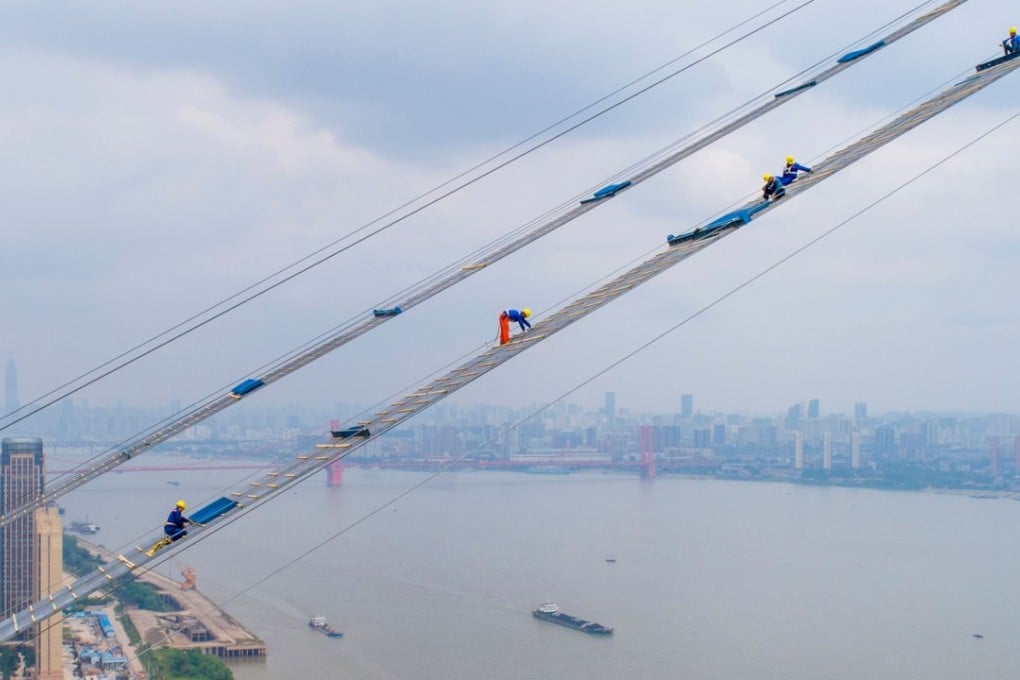China goes back to old habits as government pumps up spending on infrastructure to boost economic growth
Local governments rush to spend on infrastructure after Beijing pulls out old stimulus playbook despite earlier pledge to change its ways

China has given the go-ahead to a series of major urban infrastructure projects after a 12-month pause in a return to the investment-driven policies for spurring growth that it had promised to leave on the shelf.
The government has been counting on stronger consumer spending to support growth as the government’s financial deleveraging plan and the trade war with the United States have begun to take their toll on the domestic economy.
However, with consumers restraining their spending because of rapidly rising personal debt, high housing costs and worries about future income growth, the government has dusted off its tried-and-tested playbook.
Whether greater infrastructure spending will help to shore up growth in the way Beijing hopes remains to be seen, and given the time lag between project approval and the increase in spending the effects may not be fully felt until early next year.
Following the release of new policy guidelines last month, the government was quick to approve a number of infrastructure projects, some of which had previously been mothballed because they were deemed an inefficient use of spending or risked driving up already high levels of local government debt.
On August 10, the authorities in Changchun, the provincial capital of the northeastern rustbelt province of Jilinm announced that the National Development and Reform Commission (NDRC) had given a green light to a 78.7 billion yuan (US$11.4 billion) urban rail project for Changchun, the provincial capital of the northeastern rustbelt province of Jilin. The project includes eight new rail lines with a total length of 135.4 kilometres.